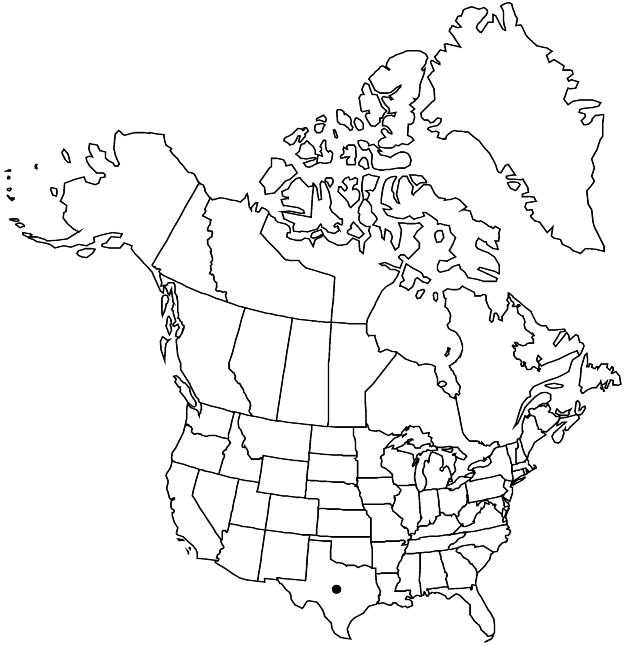Argythamnia aphoroides
Linnaea 34: 146. 1865.
Herbs, perennial, monoecious or dioecious, to 5 dm. Stems erect to ascending, hairy, hairs malpighiaceous. Leaves: stipules deciduous, linear-lanceolate, to 1 mm, margins not glandular; petiole absent; blade elliptic, 1.5–4 × 0.6–2 cm, margins entire, without glands, surfaces hairy, hairs malpighiaceous. Inflorescences unisexual, 3–8 cm; bracts linear-lanceolate, 2–4.5 mm, margins without glands. Flowers without pink dye when wetted. Staminate flowers: sepals lanceolate to narrowly elliptic, 4–5.5 × 1.1–1.4 mm; petals cuneate-elliptic to cuneate-obovate, 3.3–4 × 1.6–3 mm, free from androphore; nectary glands oblong, 0.4–0.5 × 0.3–0.4 mm, adnate to androphore, glabrous; stamens 10, staminodes 0. Pistillate flowers: sepals lanceolate to elliptic, 6–7 × 1.7–3.2 mm, without glands; petals 0 or 5, linear, 0–1.7 mm; nectary glands oblong, 0.5 × 0.7 mm, glabrous; ovary tomentose to lanulose; styles 1.5–3 mm, tomentose; stigmas flattened. Capsules 7–9 mm, tomentose to lanulose. Seeds 3.7–5 mm, smooth, lightly tuberculate, or striate.
Phenology: Flowering Jan–Jul.
Habitat: Bluestem-grama grasslands, oak woodlands, calcareous, often rocky, clay or loam soils.
Elevation: 300–600 m.
Discussion
Argythamnia aphoroides is restricted to the Edwards Plateau.
Selected References
None.
